Archive for Landscape Maintenance
September Lawn Recovery: Repairing Summer Damage for a Greener Fall
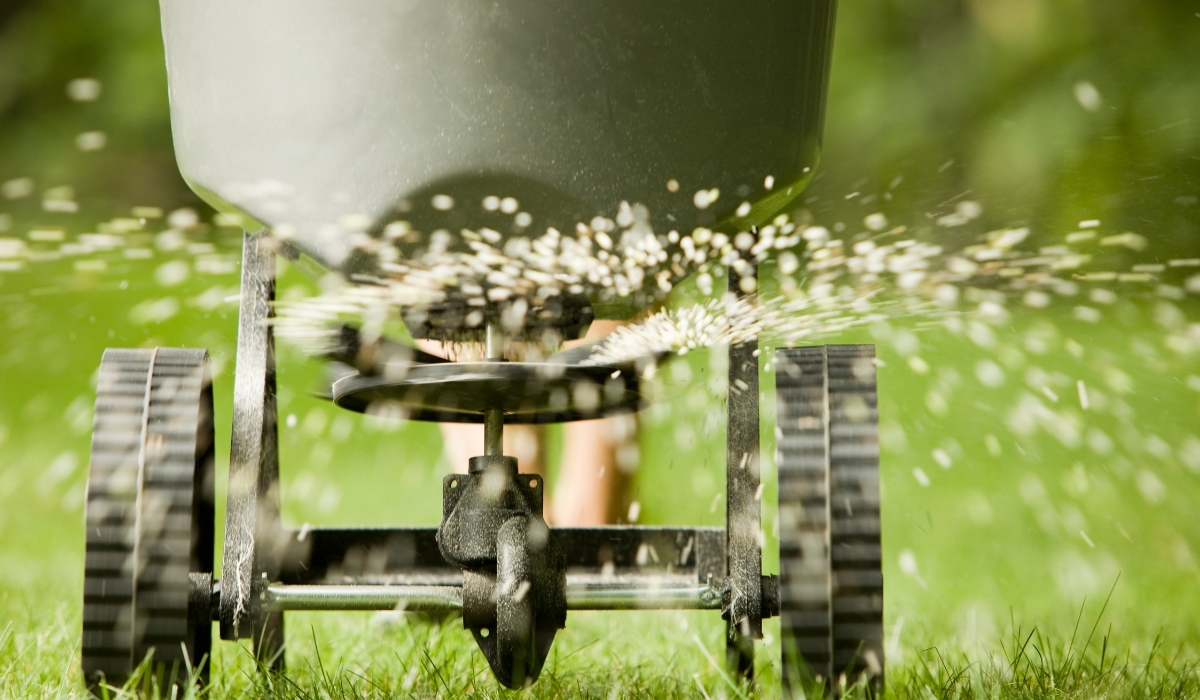
1. Aerate Your Lawn to Relieve Compaction
2. Overseed Thin or Bare Areas
3. Feed Your Lawn for Recovery
4. Address Weeds and Thatch
5. Water Consistently During Recovery
6. Maintain Good Lawn Practices
Trust the Experts for Lasting Results
Why Fall is the Best Time to Plant Trees and Shrubs

1. Cooler Temperatures, Less Stress
2. Warm Soil Promotes Root Growth
3. Less Watering Required
4. Fewer Pests and Diseases
5. Steps for Successful Fall Planting
- Choose the Right Plant: Select species and varieties that are well-suited to your region and site conditions.
- Dig Properly: Make the hole twice as wide as the root ball, but no deeper. Loosen the soil on the sides to encourage outward root growth.
- Plant at the Correct Depth: The top of the root ball should be level with the surrounding soil.
- Backfill and Water Well: Replace the soil, gently tamping it down to remove air pockets. Water thoroughly after planting.
- Mulch: Add a 2–3 inch layer of mulch around the base (but not against the trunk) to retain moisture and regulate soil temperature.
6. Plan for Ongoing Care
Trust Your Local Experts
Pest Patrol: Organic Solutions for a Healthy May Garden
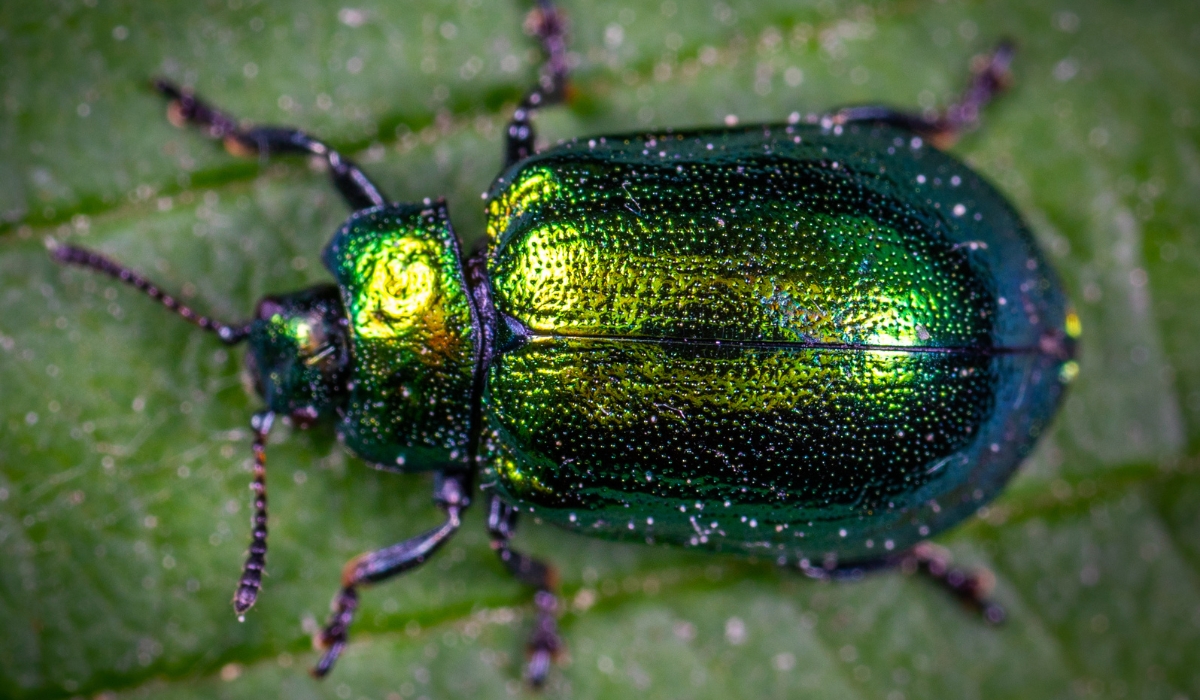
As May unfolds in California, bringing warmer weather and lush growth, it also signals the emergence of a familiar cast of characters: garden pests. Before you reach for harsh chemical sprays, consider the power of organic solutions! At DK Landscaping, we believe in nurturing a healthy ecosystem in your garden, which naturally deters pests without harming beneficial insects, pets, or your family. Here’s your guide to organic pest patrol this May.
Know Your Enemy: Identification is Key
Effective organic pest control starts with identifying the culprit. Are you seeing tiny, pear-shaped insects clustered on new growth (aphids)? Silvery trails on leaves (snails/slugs)? Chewed leaves with distinct holes (caterpillars or earwigs)? Or perhaps fine webbing on the undersides of leaves (spider mites)? A quick online search or a visit to your local nursery can help you pinpoint the pest and understand its lifecycle.
Prevention is the Best Defense
A strong, healthy plant is more resilient to pest attacks.
- Healthy Soil: Amend your soil with compost to foster robust plant growth.
- Right Plant, Right Place: Ensure plants are suited to your climate and sun exposure. Stressed plants are more susceptible to pests.
- Good Air Circulation: Prune overcrowded plants to improve airflow, discouraging fungal issues that can weaken plants and make them pest-prone.
- Attract Beneficials: Plant flowers like dill, fennel, yarrow, and cosmos to attract ladybugs, lacewings, and parasitic wasps, which are natural predators of many common pests.
- Regular Scouting: Inspect your plants frequently, especially new growth and the undersides of leaves. Early detection makes treatment much easier.
Targeted Organic Treatments
Once identified, here are some gentle, yet effective, organic treatment methods:
- Hand-Picking: For larger pests like snails, slugs, or caterpillars, simply hand-pick them off your plants and drop them into a bucket of soapy water. Do this in the early morning or evening when they are most active.
- Strong Water Spray: A forceful spray of water can dislodge aphids, spider mites, and whiteflies from plant foliage. Repeat every few days until the population is controlled.
- Insecticidal Soap: For soft-bodied insects like aphids, mealybugs, and spider mites, insecticidal soap is a great option. It works by disrupting their cell membranes. Ensure thorough coverage, especially on the undersides of leaves. Always follow product instructions carefully.
- Neem Oil: Derived from the neem tree, this natural insecticide acts as an anti-feedant and growth disruptor for a wide range of pests. It’s effective against aphids, spider mites, whiteflies, and more. Apply as directed, typically in the cooler parts of the day.
- Diatomaceous Earth (DE): For crawling insects like slugs, snails, and earwigs, a barrier of food-grade DE around plants can be effective. It works by abrading their exoskeletons, causing dehydration. Apply when dry and reapply after rain.
By adopting these organic pest patrol strategies, you’re not just tackling immediate problems; you’re cultivating a resilient, vibrant garden that works in harmony with nature. For expert advice on maintaining a healthy, pest-free landscape, contact DK Landscaping – we’re dedicated to sustainable beauty.
Designing Your Dream Spring Garden: Inspiration from DK Landscaping for March
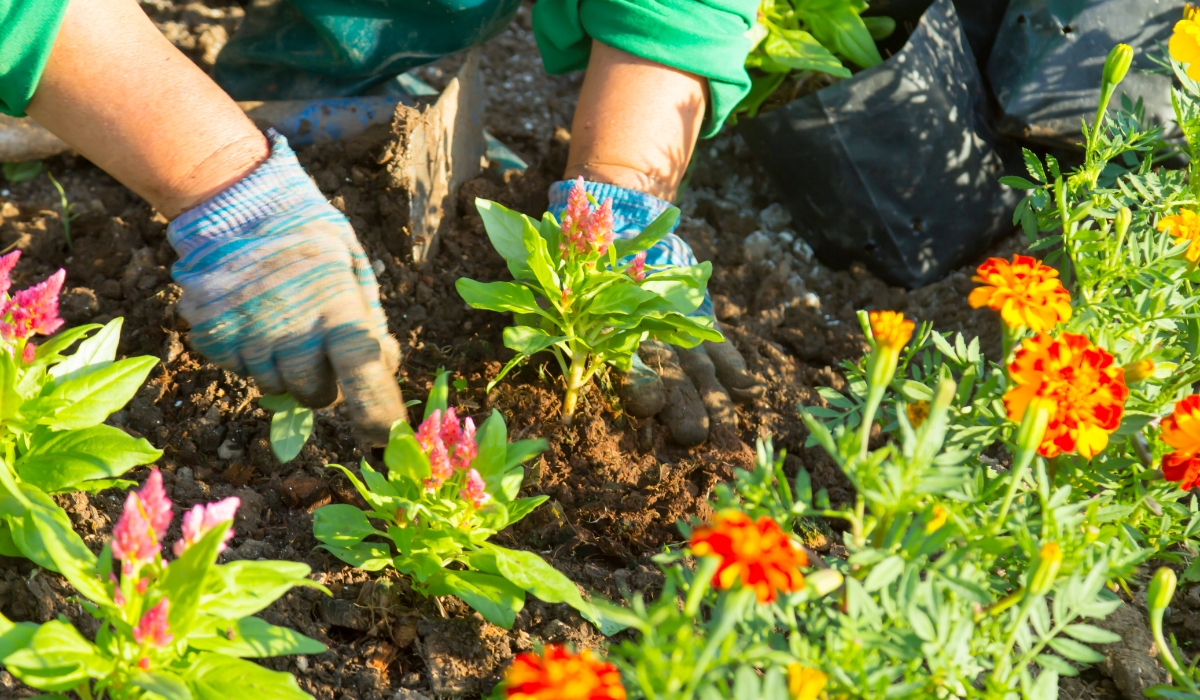
As the landscape awakens in March, it’s the perfect time to not only tend to essential gardening tasks but also to dream and design the spring garden you’ve always envisioned. At DK Landscaping, we believe that thoughtful planning and creative inspiration are key to creating outdoor spaces that bring joy and beauty throughout the season.
This March, let’s explore some inspiring ideas and design considerations to help you craft your dream spring garden, with guidance and inspiration from the experts at DK Landscaping.
Embracing Color and Fragrance:
- Layering Spring Blooms: Create a tapestry of color by layering different spring-blooming plants with varying heights and bloom times. Start with early bloomers like daffodils and tulips, followed by mid-season favorites like irises and peonies, and then late-spring beauties like roses and foxgloves.
- Adding Fragrant Flowers: Engage your senses by incorporating fragrant spring blooms such as lilacs, hyacinths, sweet peas, and stock. Place them near walkways, patios, or windows where their delightful scents can be easily enjoyed.
- Creating Themed Color Palettes: Consider designing specific garden areas with a cohesive color palette. For example, a serene blue and white garden with forget-me-nots, white tulips, and bluebells, or a vibrant warm-toned bed with red poppies, orange calendula, and yellow daffodils.
Designing for Structure and Flow:
- Defining Garden Beds and Borders: Create clear definition between your lawn, pathways, and planting beds using edging materials like stone, brick, or metal. This adds a sense of order and visual appeal to your garden.
- Incorporating Vertical Elements: Add height and visual interest by incorporating vertical elements such as climbing roses on trellises, clematis vines on arbors, or tall flowering spires like delphiniums and snapdragons.
- Creating Pathways and Focal Points: Design inviting pathways that encourage exploration of your garden. Create focal points with striking plants, unique sculptures, or charming water features to draw the eye and add personality.
Considering Functionality and Enjoyment:
- Designing Outdoor Living Spaces: Extend your living space outdoors by creating comfortable seating areas, dining nooks, or even an outdoor kitchen. Consider the placement of these areas in relation to sunlight, shade, and prevailing winds.
- Attracting Pollinators: Design your garden with pollinators in mind by including a variety of nectar-rich flowers that attract bees, butterflies, and hummingbirds. Include native plants whenever possible.
- Creating a Cutting Garden: If you enjoy bringing fresh flowers indoors, dedicate a section of your garden to growing cut flowers like zinnias, cosmos, sunflowers, and dahlias.
Getting Started with Your Spring Garden Design:
- Assess Your Existing Space: Take a good look at your current garden, noting sunlight patterns, soil conditions, and existing plants.
- Gather Inspiration: Browse gardening books, magazines, websites, and social media platforms for ideas and inspiration that resonate with your style and local climate.
- Sketch Your Ideas: Create a rough sketch of your desired garden layout, noting the placement of different plants and features.
- Consult with the Experts: If you need help bringing your spring garden vision to life, the design team at DK Landscaping is here to provide expert advice and create a customized plan for your outdoor space.
Let DK Landscaping help you design and cultivate the spring garden of your dreams this March!
Contact us today for a consultation and let’s bring your vision to full bloom.
Spring Awakening: Essential March Gardening Tasks with DK Landscaping
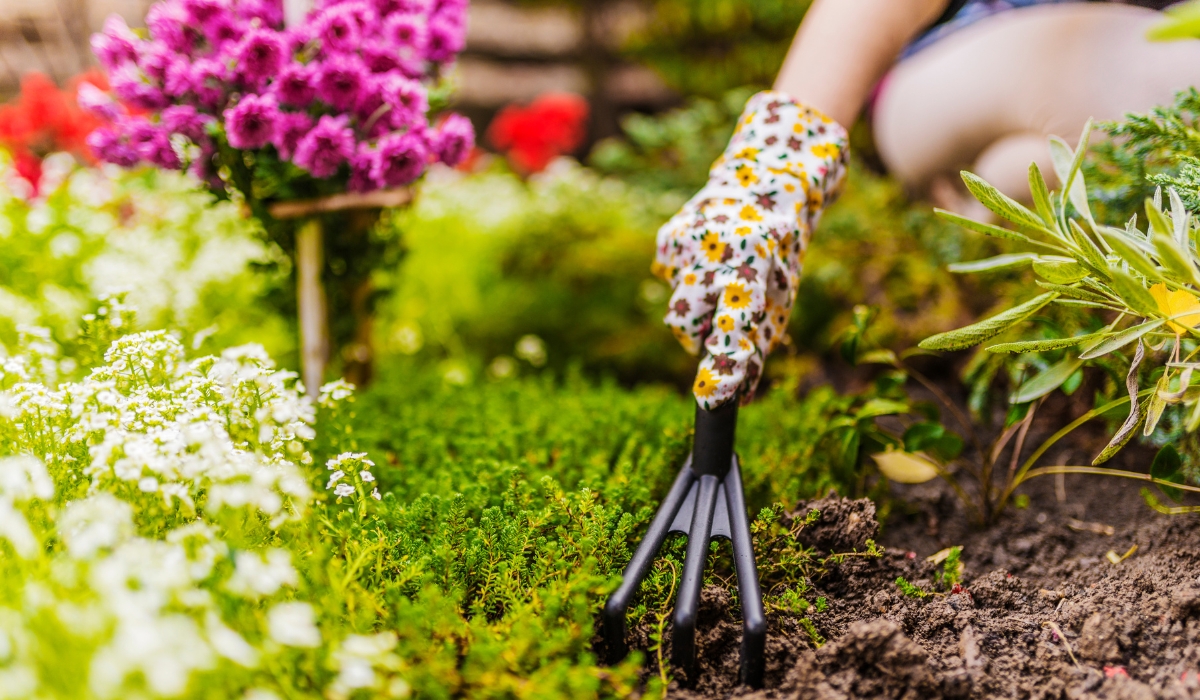
Ah, March! The air is alive with the promise of new beginnings, the days are noticeably longer, and a vibrant energy returns to our California landscapes. At DK Landscaping, we eagerly anticipate this time of year, as it marks the true awakening of our gardens.
March is a bustling month for gardeners, filled with exciting opportunities to nurture new growth, plant for the season ahead, and revitalize our outdoor spaces after the quieter winter months. Let’s dive into some essential March gardening tasks to ensure your landscape flourishes this spring and beyond, courtesy of your friends at DK Landscaping.
Embracing the Burst of New Growth:
- Fertilizing for Spring Vigor: As plants emerge from dormancy and begin their active growth cycle, they benefit from a boost of nutrients. Apply a balanced, slow-release fertilizer to your lawns, trees, shrubs, and flower beds. Follow the product instructions carefully.
- Spring Pruning (Selective): Now that spring-flowering shrubs like azaleas, rhododendrons, and lilacs have finished their bloom (or are just finishing), it’s the ideal time to prune them. Prune to shape, remove dead or crossing branches, and encourage bushier growth for next year’s floral display. Avoid heavy pruning now, as you could remove developing flower buds.
- Dividing Perennials: Many perennials that have become overcrowded can be divided in early spring. This rejuvenates the plants, encourages more blooms, and allows you to expand your garden or share with friends. Look for plants with multiple crowns that can be easily separated.
Planting for a Colorful Season:
- Planting Warm-Season Vegetables: With the soil warming up, March is the perfect time to start planting many of your favorite warm-season vegetables, such as tomatoes, peppers, eggplants, zucchini, and cucumbers. Be sure to check your local frost dates and protect young plants if unexpected cold snaps occur.
- Direct Sowing Annual Flower Seeds: Sow seeds directly into your garden beds for a continuous display of colorful annual flowers like zinnias, cosmos, marigolds, and sunflowers. Choose varieties that thrive in your local climate and soil conditions.
- Planting Summer-Blooming Bulbs & Tubers: Get a head start on summer beauty by planting bulbs and tubers like gladiolus, dahlias, lilies, and cannas in March.
Lawn Care for a Lush Carpet:
- Lawn Aeration: If your lawn experienced heavy foot traffic or the soil feels compacted, consider aerating it in early March. Aeration improves air circulation, water penetration, and nutrient uptake, leading to a healthier and greener lawn.
- First Mowing & Edging: As your lawn begins to actively grow, it’s time for the first mowing of the season. Set your mower blades to a higher setting for the initial cut and maintain a consistent mowing schedule. Don’t forget to edge along walkways and garden beds for a crisp, clean look.
- Weed Control & Overseeding (if needed): Address any winter weeds that have emerged in your lawn. If your lawn is thin or patchy, early March is a good time to overseed with a suitable grass seed variety.
Ongoing Garden Maintenance:
- Continue Weed Control: Stay vigilant with weed control throughout March. Young weeds are easier to remove than established ones.
- Monitor for Pests & Diseases: As new growth emerges, keep an eye out for any signs of early pest infestations or diseases. Addressing problems promptly can prevent them from spreading.
- Watering as Needed: While spring rains are common, monitor soil moisture levels and water deeply when necessary, especially for newly planted items.
Embrace the Energy of Spring with DK Landscaping:
March is an exciting time to be a gardener in California, and DK Landscaping is here to help you make the most of this vibrant season. Whether you need assistance with spring planting, pruning, lawn care, or designing a stunning spring landscape, our experienced team is ready to bring your vision to life.
Contact DK Landscaping today to discuss your March gardening needs and let us help your garden thrive!
Love Your Landscape: Enhancing Beauty and Function in February with DK Landscaping
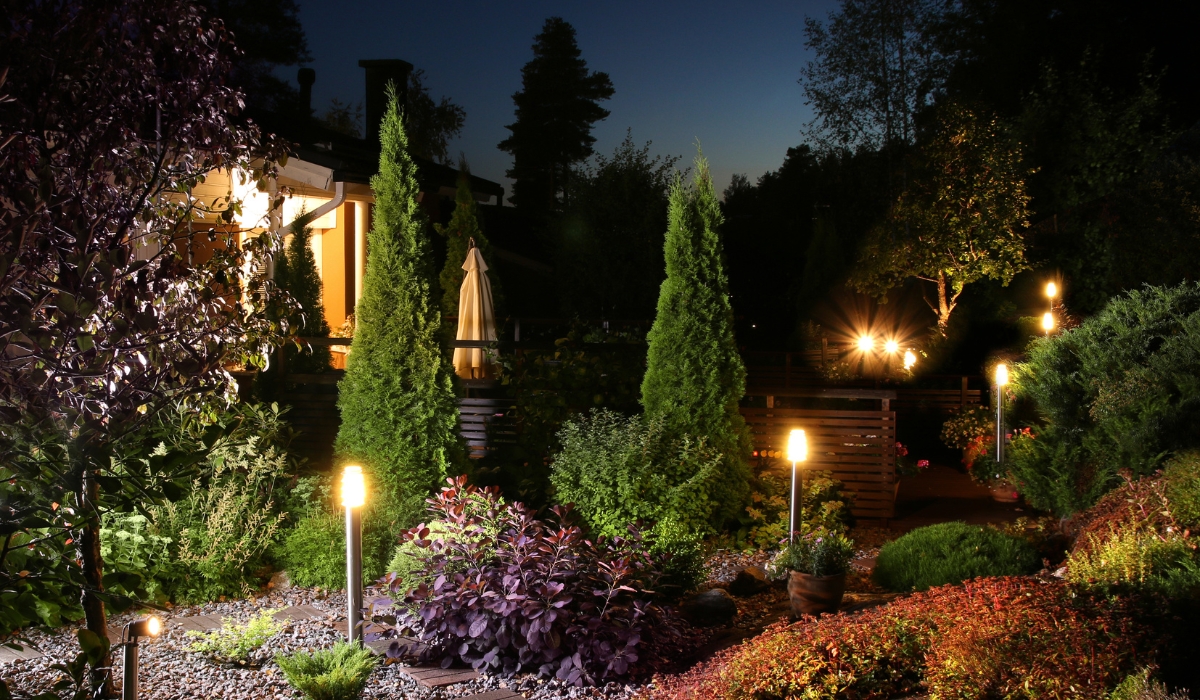
February, often associated with romance, is also a wonderful time to show some love to your landscape. Beyond the essential gardening tasks, this month provides an opportunity to focus on enhancing both the beauty and functionality of your outdoor spaces. At DK Landscaping, we believe a well-loved landscape contributes to your enjoyment and the overall value of your home.
Let’s explore some ways to show your landscape some extra attention this February, creating spaces you’ll adore in the seasons to come.
Adding Elements of Beauty and Ambiance:
- Consider Adding Hardscape Features: February’s milder weather can be a good time to plan and even begin smaller hardscape projects like adding a charming pathway, a decorative patio extension, or a cozy fire pit area. These features enhance the usability and visual appeal of your outdoor spaces.
- Install Outdoor Lighting: As the evenings remain a bit longer, consider adding or upgrading your outdoor lighting. Well-placed lights not only improve safety and security but also create a warm and inviting ambiance for evening enjoyment. Highlight architectural features, pathways, or favorite plants with strategically placed fixtures.
- Introduce Water Features: The gentle sound of flowing water can add a sense of tranquility and beauty to your garden. Consider installing a small fountain, a bird bath, or even a more elaborate water feature to create a focal point and attract beneficial wildlife.
- Enhance Seating Areas: Think about creating comfortable and inviting seating areas where you can relax and enjoy your garden. Add a new bench, a set of outdoor chairs, or even a hammock. Consider the views and the sun/shade patterns when choosing locations.
Focusing on Functionality and Sustainability:
- Improve Drainage: If you’ve noticed areas in your garden that tend to stay waterlogged, February is a good time to address drainage issues. Consider installing French drains or amending the soil to improve drainage and prevent root rot.
- Build or Expand Raised Beds: Raised garden beds offer numerous benefits, including improved drainage, easier access for planting and harvesting, and better soil control. February is a great time to build or expand your raised bed areas in preparation for spring planting.
- Install or Upgrade Irrigation Systems: Ensure your irrigation system is functioning efficiently. February provides an opportunity to inspect sprinkler heads, repair leaks, and adjust watering schedules in anticipation of the drier months ahead. Consider upgrading to a more water-efficient system like drip irrigation.
- Create Wildlife Habitats: Show your love for nature by creating habitats that attract beneficial insects, birds, and pollinators. Consider adding bird feeders, bird baths, and planting native flowers that provide food and shelter.
Showing Your Plants Some Love:
- Top Dress Planting Beds: Refresh your planting beds with a layer of compost or well-rotted manure. This provides a slow-release of nutrients and improves soil health.
- Mulch Thoughtfully: Ensure your plants have an adequate layer of mulch to help retain moisture, suppress weeds, and protect roots from temperature fluctuations.
- Inspect Plant Supports: Check the supports for climbing plants and make any necessary repairs or adjustments before vigorous spring growth begins.
At DK Landscaping, we’re passionate about creating outdoor spaces that you’ll truly love. Let us help you enhance the beauty and functionality of your landscape this February and beyond.
Contact DK Landscaping today to discuss your landscape enhancement projects!
Winter Blooms & Interest: Adding Beauty to Your January Landscape with DK Landscaping
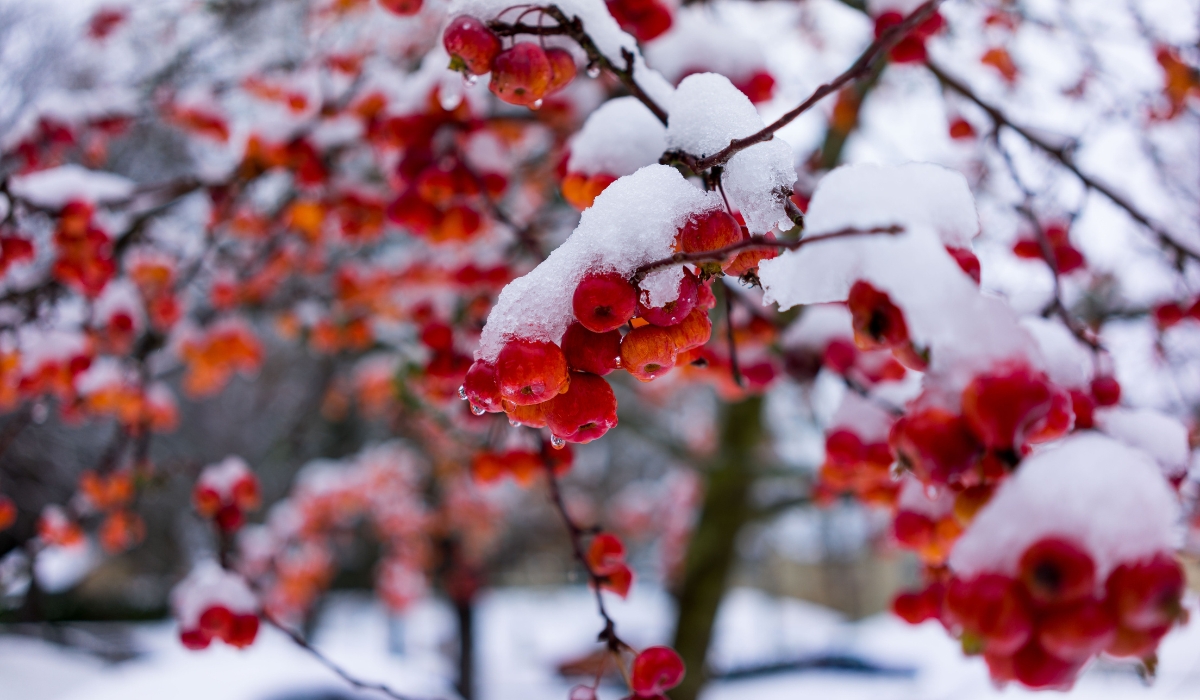
While many plants take a rest during January, your California landscape doesn’t have to be devoid of color and interest. In fact, with careful selection, you can enjoy a touch of beauty and even some surprising blooms during these cooler months. At DK Landscaping, we believe that a well-designed garden offers year-round visual appeal.
This January, let’s explore some ways to add winter interest and even some pops of color to your California landscape.
Embrace Winter-Blooming Wonders:
- Camellias: These elegant shrubs are a star of the winter garden, offering stunning blooms in shades of pink, red, white, and even bi-colors. They thrive in partial shade and their glossy evergreen foliage provides year-round appeal.
- Hellebores (Lenten Roses): These resilient perennials bloom in late winter and early spring, often starting in January. Their nodding flowers come in a range of colors, including white, green, pink, and burgundy, and they are relatively low-maintenance once established.
- Winter Jasmine: This vining shrub bursts into cheerful yellow flowers on its bare branches in late winter. It’s a vigorous grower and can be trained on walls, fences, or used as a groundcover.
- Flowering Quince: Another deciduous shrub that blooms on bare branches, flowering quince offers vibrant red, pink, or white flowers in late winter to early spring. It’s also relatively drought-tolerant once established.
Focus on Evergreen Structure & Textural Interest:
Even without abundant blooms, evergreen plants provide essential structure and visual interest to the winter landscape:
- Conifers: Pines, junipers, and cypress offer a variety of shapes, sizes, and textures, adding year-round greenery and architectural interest.
- Broadleaf Evergreens: Plants like pittosporum, boxwood, and euonymus provide a backdrop of lush foliage in various shades of green and even variegated forms.
- Grasses: Many ornamental grasses retain their attractive seed heads and foliage throughout the winter, adding movement and texture to the garden.
Berries & Colorful Stems:
Some plants offer winter interest through their colorful berries or vibrant stems:
- Nandina (Heavenly Bamboo): Many varieties of Nandina display clusters of bright red berries that persist through the winter, adding a pop of color. Their foliage also often takes on reddish or purplish hues in the cooler months.
- Red Twig Dogwood: As the leaves drop, the bright red stems of this shrub become a striking feature in the winter landscape.
- California Holly (Toyon): Native to California, Toyon is adorned with clusters of bright red berries in the winter, attracting birds and adding festive color.
Don’t Forget Hardscape & Design:
- Statuary & Water Features: These elements provide year-round interest and can become more prominent in the winter landscape when foliage is less dense.
- Pathways & Patios: Well-defined hardscape elements create structure and visual flow even when plants are dormant.
At DK Landscaping, we can help you select and incorporate plants that provide beauty and interest to your California garden throughout the winter months. Let us design a landscape that delights you in every season.
Contact DK Landscaping today for a consultation and discover the beauty of a winter garden!
Fresh Start, Flourishing Garden: January Tips from DK Landscaping

Happy New Year from DK Landscaping! As the calendar turns, it’s a time for fresh starts and renewed energy, and the same can be true for your California garden. While January might bring cooler temperatures and shorter days, it’s far from a dormant period. In fact, it’s a crucial month for setting the stage for a vibrant and healthy landscape throughout the year.
At DK Landscaping, we believe that a little attention now can lead to big rewards later. So, shake off the winter chill and let’s explore some essential January tasks to ensure your garden thrives in the months ahead.
Embrace the Quiet Season for Essential Tasks:
January offers a valuable opportunity to focus on the foundational aspects of your garden:
- Dormant Pruning: Many deciduous trees and shrubs are in their dormant phase during January, making it an ideal time for more significant pruning. Removing crowded, crossing, or dead branches improves air circulation, light penetration, and overall plant health. Proper pruning now encourages vigorous new growth in the spring. If you’re unsure about the best pruning techniques for your specific plants, our experienced team at DK Landscaping can provide expert pruning services.
- Tool Care & Organization: Take advantage of the slower pace to clean, sharpen, and oil your gardening tools. A little maintenance now will keep them in top condition and ready for the busier seasons ahead. Organize your garden shed or storage space to make finding what you need easier.
- Hardscape Inspection & Repair: Winter weather can sometimes reveal issues with hardscape elements like pathways, patios, and fences. Take a walk around your garden and identify any cracks, loose stones, or damage that needs repair before the growing season begins. Addressing these issues now can prevent further deterioration.
Nurturing the Soil for Future Growth:
Healthy soil is the foundation of a thriving garden. January is a great time to focus on soil health:
- Soil Testing: If you haven’t tested your soil in a while, January is an excellent time to do so. Soil tests provide valuable information about nutrient levels and pH, allowing you to make informed decisions about amendments and fertilization in the spring.
- Adding Organic Matter: Continue adding compost or other organic matter to your garden beds. This improves soil structure, drainage, and water retention, and provides essential nutrients for your plants as they emerge from dormancy.
- Mulch Refresh: Check your mulch layers and replenish as needed. Mulch helps suppress weeds, retain soil moisture, and protect plant roots from temperature fluctuations.
Planning and Preparation for Spring:
January is an ideal time to dream and plan for the exciting possibilities of spring:
- Seed Starting Indoors (Select Varieties): In warmer California regions, you might be able to start seeds for certain early-season vegetables and flowers indoors towards the end of January. Check your local planting guides for specific recommendations.
- Order Seeds & Plan Your Plantings: Browse seed catalogs and online resources to plan your vegetable and flower gardens for the upcoming season. Consider your available space, sunlight conditions, and desired bloom times or harvest schedules.
- Sketch Garden Layouts: If you’re planning any changes to your garden layout or adding new beds, January is a good time to sketch out your ideas and visualize the changes.
Watering Wisely in Winter:
While rainfall is more common in January, it’s still important to monitor your soil moisture, especially for container plants and during dry spells. Water deeply when needed, but avoid overwatering, which can lead to root rot in cooler temperatures.
At DK Landscaping, we’re here to help you make the most of every season in your California garden. Let us assist you with dormant pruning, soil preparation, or planning your spring landscape.
End-of-Year Garden Review & New Beginnings with DK Landscaping

As the year draws to a close, it’s a natural time for reflection and planning. At DK Landscaping, we encourage you to take a moment to review your garden’s journey over the past year and look ahead to exciting new possibilities in the coming year. December offers a unique opportunity to assess what thrived, what struggled, and what changes you might want to make to create your dream California landscape.
Reflecting on Your Garden’s Year
- What Were the Highlights? Think back to the moments of joy your garden brought you. Were there specific plants that bloomed beautifully? Did you enjoy spending more time in a particular area? Identify these successes to build upon them.
- What Were the Challenges? Consider any challenges your garden faced, such as pest problems, water issues, or plants that didn’t perform as expected. Understanding these challenges will help you make informed decisions for the future.
- What Did You Learn? Every season in the garden teaches us something new. Did you discover a new favorite plant? Did you learn a better watering technique? Take note of these lessons.
December: A Time for Assessment and Planning
- Take a Garden Walk: Spend some time walking through your landscape, observing its current state. Note areas that might need attention in the coming months.
- Soil Testing: If you haven’t done so recently, consider performing a soil test. This will give you valuable insights into your soil’s nutrient levels and pH, helping you make informed decisions about fertilization in the spring.
- Sketch Out Ideas: Grab a notebook and sketch out any ideas you have for changes or additions to your landscape in the new year. This could include new planting beds, hardscape features, or changes in plant selections.
- Browse Inspiration: Look through gardening magazines, websites, and social media for inspiration and new ideas that resonate with your style and local climate.
Preparing for a Fresh Start
- Tool Maintenance: Now is a great time to clean, sharpen, and organize your gardening tools. Being prepared with well-maintained equipment will make spring tasks much easier.
- Seed Catalogs & Plant Research: Start browsing seed catalogs and researching new plants you might want to incorporate into your garden next year. Consider factors like sunlight requirements, water needs, and bloom times.
- Plan Your Spring Projects: If you have larger landscaping projects in mind, such as installing a new patio or renovating a planting bed, now is a good time to start planning and potentially get quotes from contractors like DK Landscaping.
Looking Ahead with DK Landscaping
As you plan for the future of your California landscape, remember that DK Landscaping is here to help. Whether you need assistance with design, installation, maintenance, or simply want expert advice, our team is dedicated to bringing your garden dreams to life.
Let us partner with you to make the coming year your garden’s best year yet! Contact DK Landscaping to discuss your landscaping goals for the new year.






